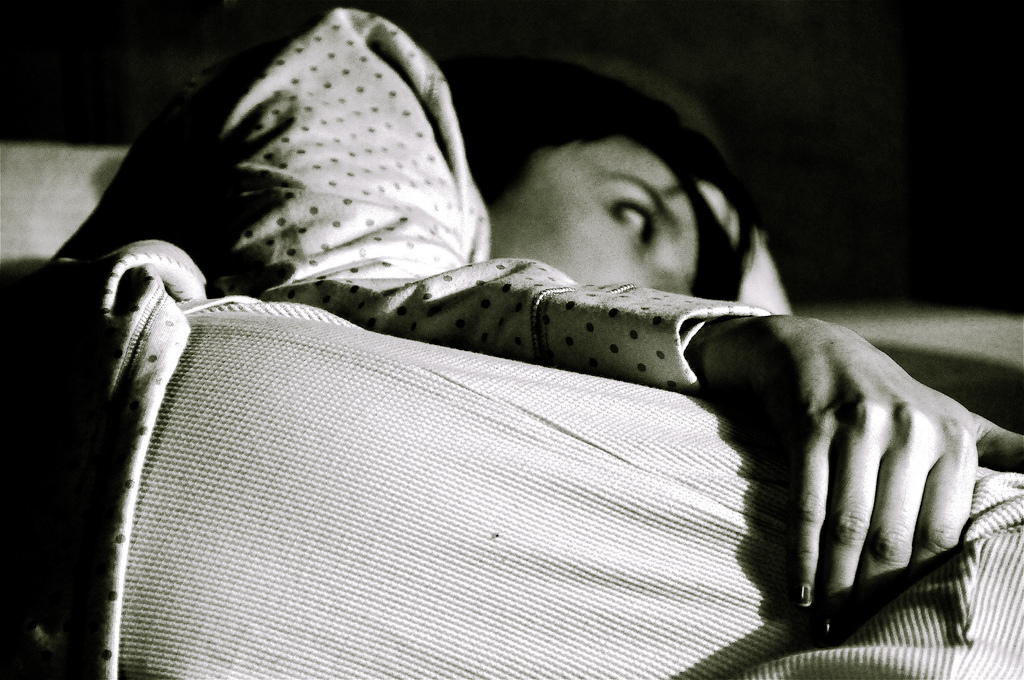Idiopathic Pulmonary Fibrosis (IPF) and Laser Treatment

I recently had an old patient come back to the clinic. He hadn't been in for years and in that meantime he had been diagnosed with IPF of Idiopathic Pulmonary Fibrosis, a chronic, progressive lung disease where the lung tissue becomes scarred (fibrotic) over time.
The average life expectancy for someone with Idiopathic Pulmonary Fibrosis (IPF) is typically 3 to 5 years after diagnosis, but it can vary significantly depending on the individual.
This patient has had NO PROGESSION of the disease in the 5 years since his diagnosis. His pulmonologist can't explain it. He claims it is the cold laser treatment that he has been getting for the last five years. He gets it EVERY WEEK. And there has been NO PROGRESSION in the disease. Wild.
I was so impressed that I wanted to know more! Could our laser do this? I wrote the company and heard back that our laser is strong enough to do the protocol. But make sure to let patients know that “it’s an experimental use and ideally working alongside their doctor.” We always recommend continuing to work with your western doctor.
Here is some information about IPF:
What Happens in IPF?
The tissue in the alveoli (tiny air sacs) becomes damaged and thickened
This scarring makes it harder for oxygen to pass into the bloodstream
Over time, breathing becomes increasingly difficult.
Who Gets It?
Typically affects people over age 50
More common in men than women
Risk factors: smoking, family history, certain viral infections, or exposure to dusts/chemicals
Common Symptoms:
Shortness of breath, especially during activity
Dry, persistent cough
Fatigue
Weight loss
“Clubbing” of fingers (widening and rounding of the fingertips)
Diagnosis
High-resolution CT scan
Pulmonary function tests
Sometimes a lung biopsy
Laser and IPF
Laser therapy, particularly low-level laser therapy (LLLT) or photobiomodulation therapy (PBMT), is being explored as a potential treatment for idiopathic pulmonary fibrosis (IPF). While promising results have been observed in animal studies, clinical evidence in humans remains limited.
“The results indicate that LLL reduced pulmonary inflammation, by reduction cell numbers in the BAL (p<0.05) and levels of cytokines”: ERS Publications
It seems that laser can be helpful for slowing the progression of the fibrosis but not healing the fibrotic tissue already there. Like Traditional Chinese Medicine (TCM), laser therapy for IPF is better prevention than cure.
Is laser going to work for every IPF patient? We don't know. Maybe not. These are early days but seeing the hopeful animal studies and watching my patient's disease not progress is enough to make me want to try.
Research
Animal Studies:
- A study published in the Journal of Photochemistry and Photobiology B demonstrated that LLLT reduced lung inflammation and collagen deposition in a mouse model of IPF. The therapy modulated cytokine levels, decreasing pro-inflammatory and increasing anti-inflammatory markers, and reduced levels of transforming growth factor-beta (TGF-?), a key pro-fibrotic cytokine. Companion PublicationsPubMed
- Another study indicated that PBMT attenuated inflammatory infiltrates and thickening of the alveolar septum in rats with acute lung injury, suggesting potential benefits in reducing lung tissue damage. PMC+1Dupuytren Research Group+1
Human Anecdotal Reports:
- Some individuals with IPF have reported improvements in symptoms and pulmonary function tests after undergoing Class IV laser therapy. For instance, Dr. Andrew Hall, a chiropractor diagnosed with IPF, reported stabilization and improvement in his condition following self-administered laser therapy. 12 Point Design+2DrPhilHarringtonLaserTherapy.com+2IPF Laser Study+2



